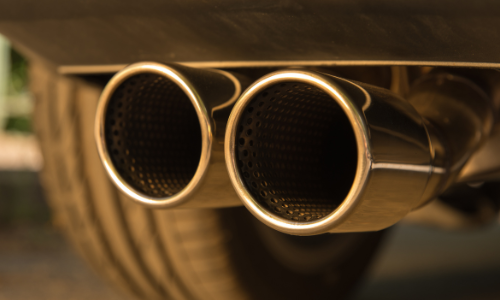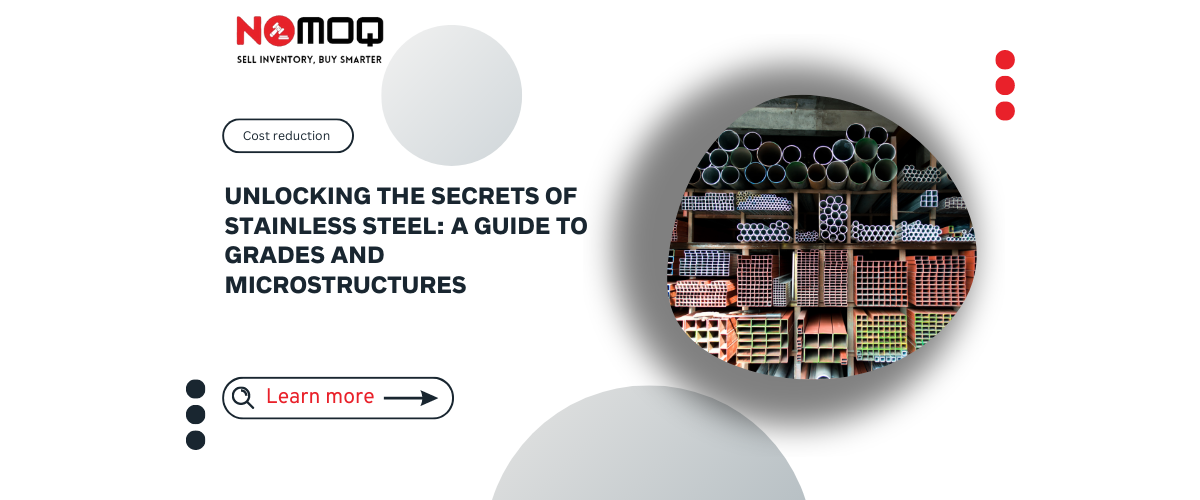Stainless steel, a versatile family of alloy steels, offers an array of grades and surface finishes tailored for diverse environments. Let’s explore the four major categories based on their microstructure:
Austenitic Stainless Steel:
Comprising 70% of all stainless steel, austenitic steel boasts remarkable toughness and resistance to high temperatures.
Primary microstructure: Austenite, a solid solution of iron and carbon formed above 723°C.
Key constituents: At least 16% chromium and 6% nickel.
Properties: Non-magnetic, non-hardenable by heat treatment, and customizable corrosion resistance.
Ferritic Stainless Steel:
Featuring only chromium as an alloying element (10.5% to 18%), ferritic steel offers decent corrosion resistance.
Characteristics: Magnetic, better engineering abilities than austenitic grades, and good stress corrosion resistance.
It is used in making Exhausts of Cars

Duplex Stainless Steel:
A blend of austenitic and ferritic steel, duplex exhibits properties of both constituents.
Enriched with high chromium and low nickel concentration, providing high tensile strength and good weldability.
Offers considerable stress corrosion resistance and falls between austenitic and ferritic grades in terms of toughness.
used in making Industrial Pipes

Martensitic Stainless Steel:
High carbon and low chromium content define martensitic steel.
Magnetic and capable of heat treatment for improved hardenability.
Displays lower corrosion resistance compared to austenitic and ferritic grades with similar chromium and alloy content.
Medical Appliances are made with this Grade of stainless steel

Precipitation Hardening Stainless Steels:
Combining austenitic and martensitic properties, these grades use elements like aluminium, molybdenum, niobium, titanium, and copper for hardening.
Achieves high tensile strength through heat treatment and contains chromium and nickel as alloying elements.
Serves well in high-speed applications, including turbine blades.

Grades of Stainless Steel:
The market offers numerous stainless steel grades, each tailored for specific applications.
Choose the right grade based on the required properties, as variations can be significant.
The industry still relies on the AISI system for stainless steel naming, using three-digit numbers starting with 2, 3, or 4.
Conclusion:
Stainless steel’s diversity lies in its microstructure-based categories and the hundreds of grades available. Understanding these variations helps users select the perfect stainless steel grade for their unique needs. Whether for high temperatures, corrosion resistance, or strength, stainless steel stands as a reliable and enduring material for a wide range of applications.

